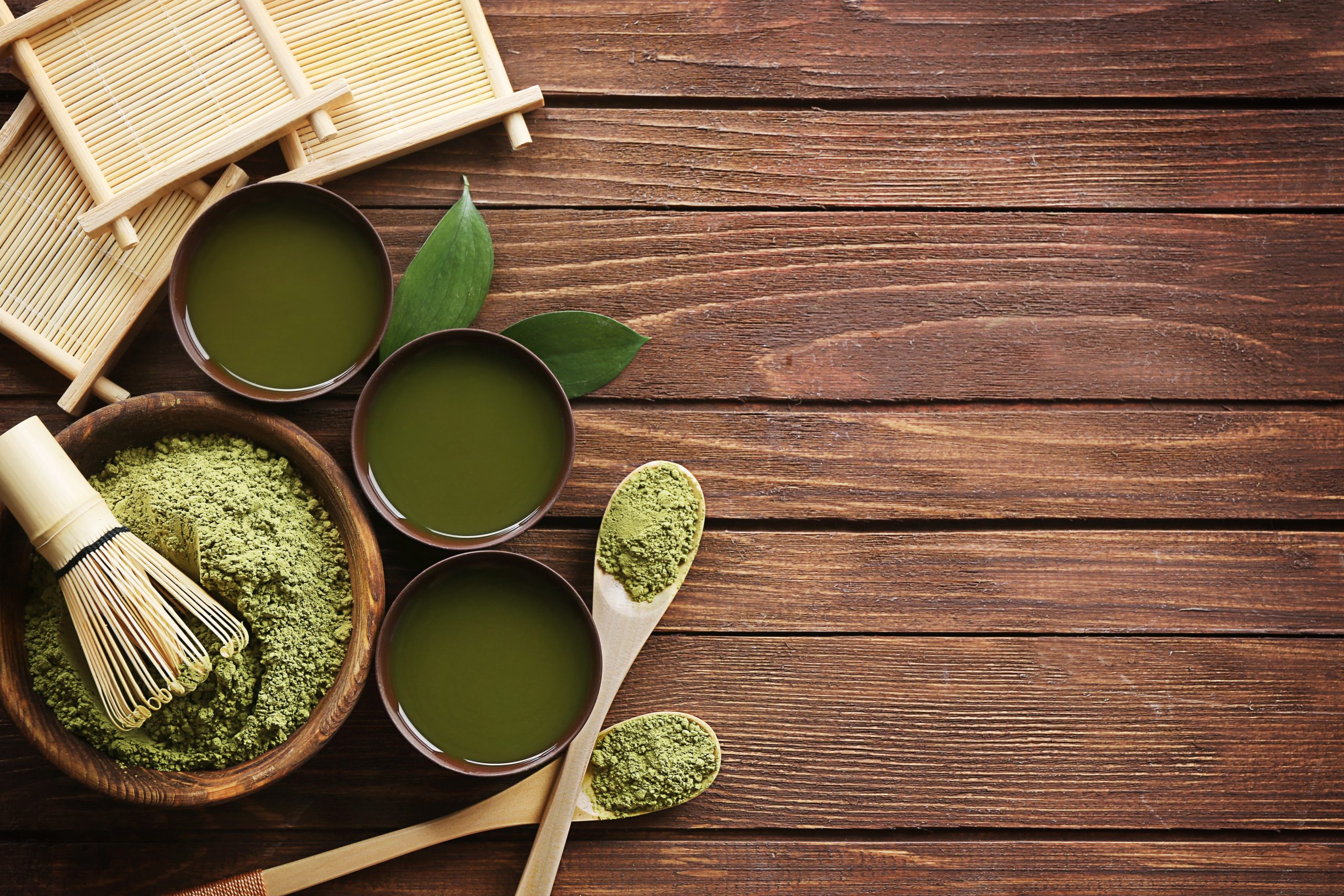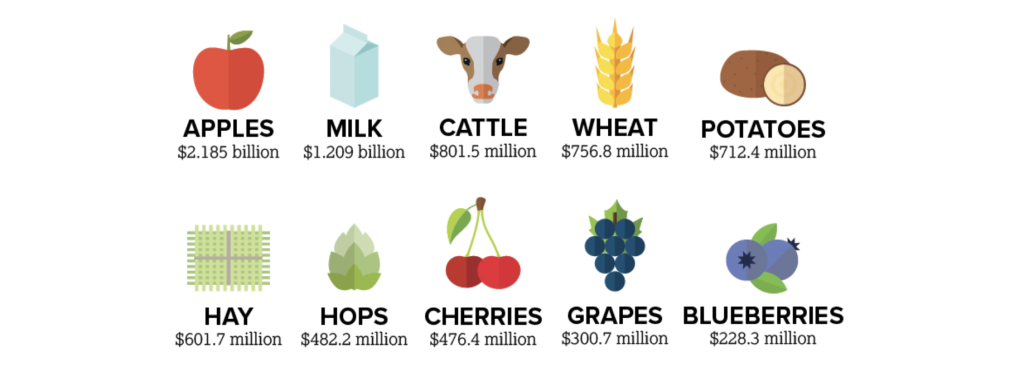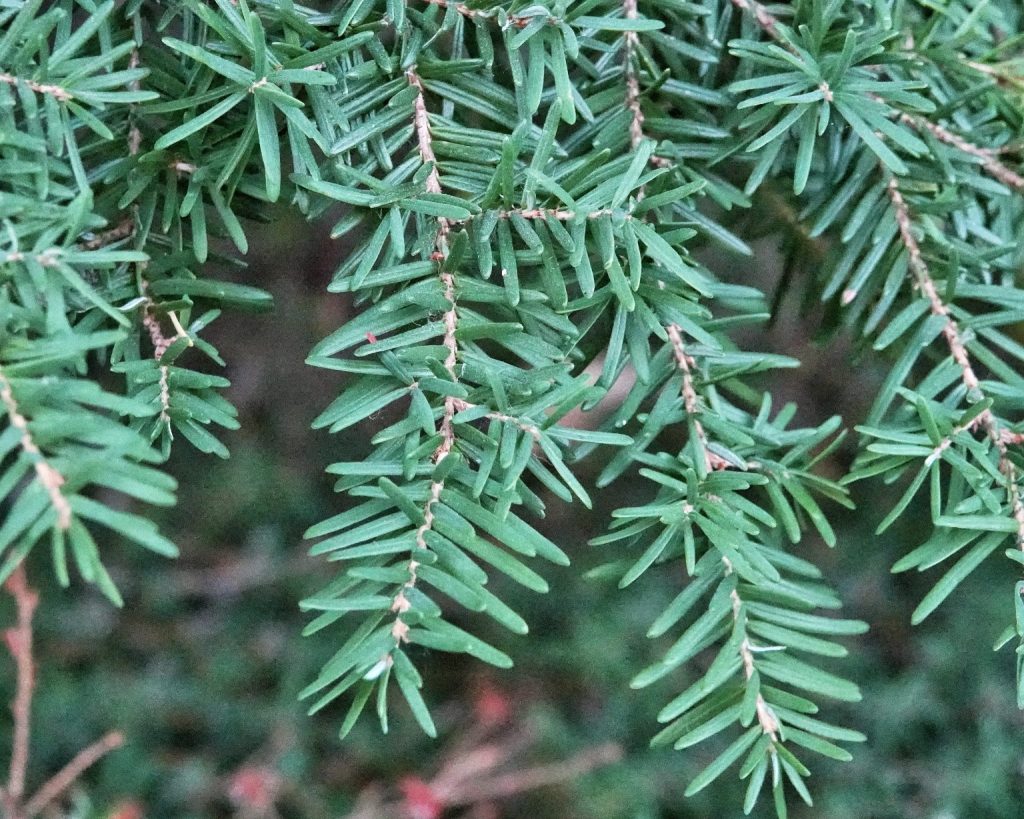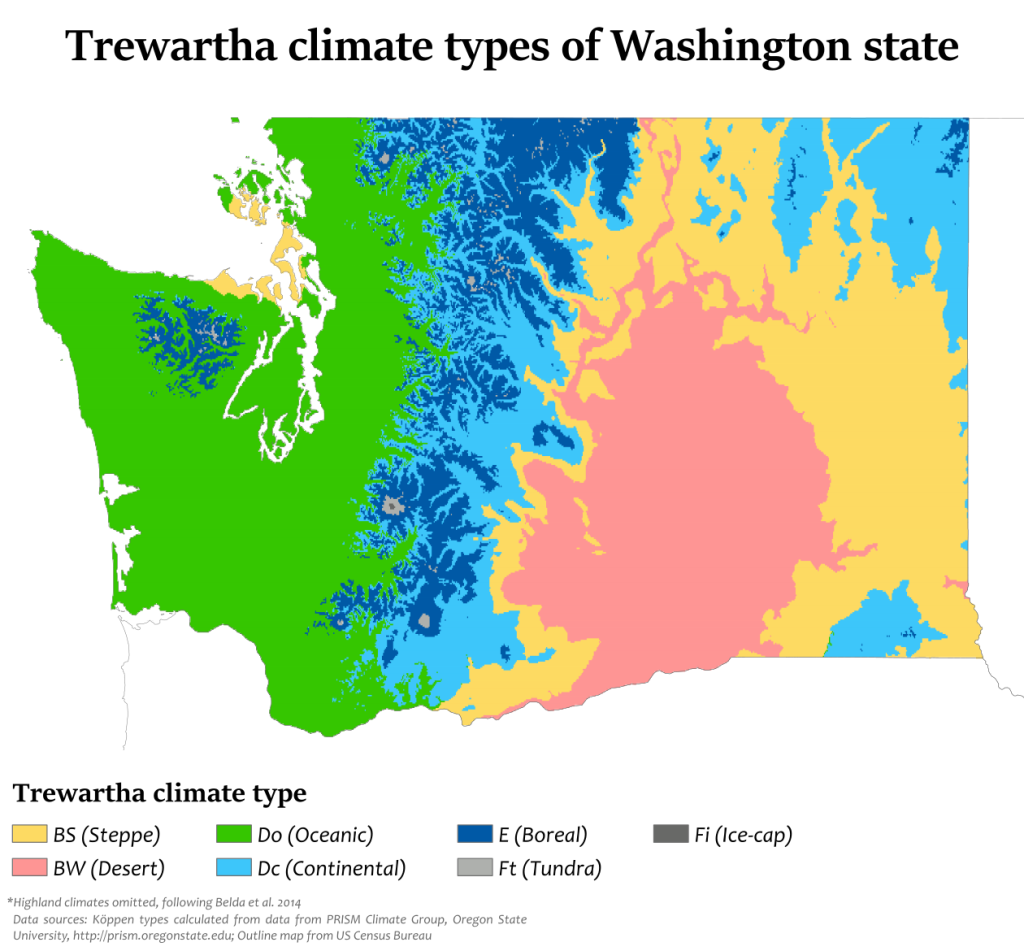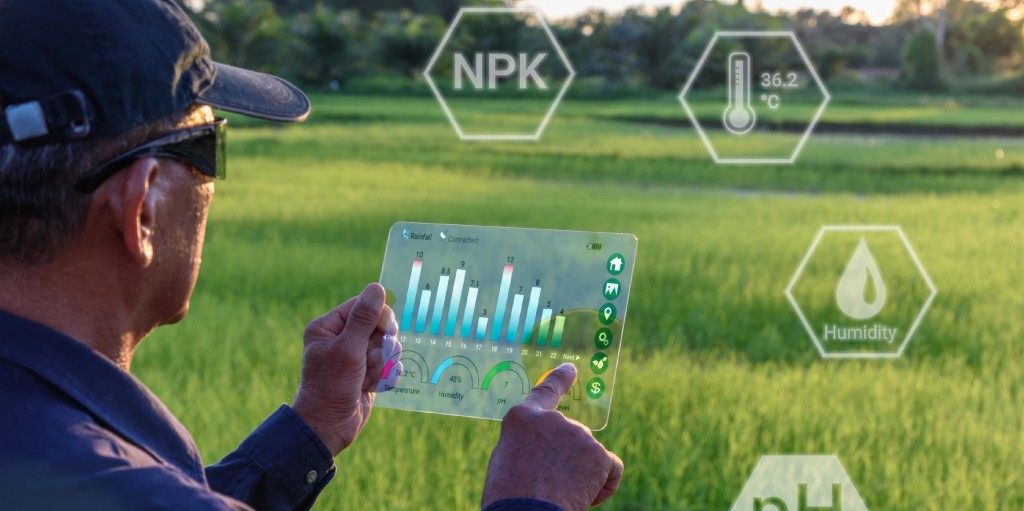5 Significance of Biodiversity in PNW Forests with Herbs as Example
Lifesavers in the PNWF: Herbal Medicine
Richard Li
What do Steve Jobs, Ariana Grande, and Christopher Nolan have in common?
After Steve Jobs was diagnosed with a rare form of pancreatic cancer in 2003, he allegedly delayed surgery to remove the tumor – the recommended treatment – for nine months (Rettner et al, 2011)[1]. During that interim period, he attempted to treat his cancer with alternative medicine, including a special diet, according to news reports.
In her weight-loss journey, Ariana Grande emphasizes nutrient-dense diets, which includes dandelion tea to promote intake of antioxidants and aid blood sugar control as well as prevents cancer.
Christopher Nolan, on the other hand, isn’t a big fan of losing weight or caring much about diet. However, he’d invested in several companies within the industry and regional health organizations that use such treatment strategies.
At this point, you may find the key to this puzzle among them: Herbal Medicine.
The Pacific Northwest (PNW) is a stunning and absolutely majestic bioregion. Moss covered forests, mushrooms, big trees, drizzle, waterfalls, rivers, and breathtaking mountains, they not only contribute to the gorgeous national park sceneries, but also paves the perfect path for the growth of various herbal species (UW Medicine)[2]. In this chapter, you’ll understand how herbs make a difference to the biodiversity of the PNW, as well as the impacts of current climate change to its contribution.
I. Herbal Medicine: The Overlooked Magic
Why is Herbal Medicine Worth the Discussion?
You may feel troubled why Christopher Nolan, a film director, would be willing to pour his money into a totally irrelative industry – a seemingly low-profile and underdeveloped area of study. But here are the facts: By year 2030, global revenue for herbal medicine will reach USD $356 Billion (MRFR, 2020)[3]; in Washington State alone, the annual GDP contribution of hops (a kind of herb) production is $482.2 Million, placing it NO.1 in the country (Washington State Department of Agriculture, 2021)[4].
When it turns from business to consumption, the stats are far more impressive. According to the University of Texas at El Paso, more than half of the adult population in the United States consumes some type of dietary supplement (Griffith and Thompson, 1998)[5]. About one third of the adult U.S. population uses medicinal herbs as some form of alternative therapy.
Moreover, academically speaking, pharmacognosy – the study of medicinal products from natural sources – is now being included in the curriculum of some pharmacy schools and colleges in the United States, including the University of Washington.
What Makes Herbal Medicine Stand Out?
What’s worth mentioning, in the recent years, it’s actually the COVID-19 pandemic that push herbal medicine onto the stage of healthcare. Pharmaceutical scholars at the University College of London and Liverpool John Moores University have found that it is expected that many patients can add symptomatic/adjuvant treatments, such as herbal medicines, to their current treatment with COVID (Silveira, Dâmaris et al, 2020)[6]. In their study, they selected several species listed by the WHO and EMA that were widely used in curing respiratory diseases and evaluated their performance (with criteria attached below for relevant info) compared with modern medicine such as Ibuprofen.
The results are astonishing: A total of 39 herbal medicines were identified as very likely to appeal to the COVID-19 patient. While following assessments are still being conducted, we can see the huge potential lying beneath herbal medicine in the healthcare industry.
Fighting diseases of herbs can be traced back to the past decades, when herbs are considered dietary supplements and are subject to regulation as specified in the Dietary Supplement Health and Education Act of 1994, which provides a very different framework for the regulation of herbal products other than pharmaceutical drugs (Bent et al, 2004)[7]. This congressional action arose in response to the prevailing belief that herbs were safe, and that the public desired increased access to herbs and other dietary supplements that would be largely unavailable if subjected to the same restrictions as pharmaceutical drugs.
II. Zoom-in: Herbal Medicine in Washington State
Nicole Telkes: “A feeling of awe”
Nicole Telkes, founder of Wildflower School in Washington State is an award-winning, community-centered registered herbalist and clinical mentor who has worked with plants for most of her life. Nicole’s work has always centered around protecting plants. Early in her journey, she did direct action work in the wilderness, protecting old growth trees and protesting against corporate dominance. She spent several years as a direct action, first aid, frontline herbal medic, and in 2001, she co-founded an urban permaculture collective.
During her residency in the lands of the Duwamish people, Nicole found 10 specific herbal species that present the most growth in Washington State, among which common plants like Cedar and Lemon Balm are also proved to be useful for medical purposes (Wildflower School of Botanical Medicine, 2021)[8].
In the following paragraphs, we’ll look at a meaningful herb in the PNW forest and be amazed by its miracle.
Taxus Brevifolia: Angel of Cancer
Taxus Brevifolia (The Pacific Yew) is a species of tree in the yew family Taxaceae native to the Pacific Northwest of North America. It is a small evergreen conifer, thriving in moisture and otherwise tending to take the form of a shrub (NCBI, 2012)[9].
The discovery and plucking events of the Pacific Yew originated from the indigenous people in Washington State. Though a couple tribes ate the berries as food, the practice was not widespread. But many indigenous cultures utilized the bark and needles (See picture below) to treat a variety of illnesses, from stomach aches and other internal ailments to respiratory and urinary tract infections.
Speeding forward through time into the mid 20th Century, when the wars revealed lack of development in modern medicine, especially when it comes to cancer treatment, the limited medical devices and drugs failed to keep patients alive. Instead of adding the dosage of antibacterial drugs like penicillin to weaken the spread rate of tumors, researchers realized the need for systemic treatments, such as chemotherapy and hormone therapy, to destroy cancer cells that had spread from the site of the original tumor to other parts of the body.
In 1962, on an excursion in Washington State, USDA botanist Arthur Barclay collected bark and other samples from the Pacific yew tree. Two years later, Monroe E. Wall, Ph.D., and Mansukh Wani, Ph.D., who were under contract to NCI at the Research Triangle Institute in North Carolina, discovered that extracts from the Pacific yew were toxic to living cells (Horwitz, 2015)[10]. Dr. Wall and his colleagues then isolated the most cytotoxic compound from the bark of the tree and called it paclitaxel.
Since its discovery, this remarkable compound has expanded treatment options for patients with breast and ovarian cancers, giving them hope for a cure. Taxol is also used to treat non-small cell lung cancer, pancreatic cancer, and AIDS-related Kaposi sarcoma. Today, it is recognized on the World Health Organization’s Model List of Essential Medicines, a list of the necessary and most important medications needed to support a basic health care system.
Taxol’s success has led other organizations and companies to join efforts to expand field and laboratory research in search of other medicinal plants and testify their function as anti-cancer drug ingredients when combined or added to current medicine. Nowadays, more than 100 species of plants in the PNW forest are more or less related to certain medical treatments (Clark and Larry, 2017)[11].
So next time when you’re on a road trip, perhaps these lifesavers are captured in your photos.
III. What Makes the Growth of Herbs in Washington?
Climate Advantage VS Climate Change
The main general climatic types of the Pacific Northwest are temperate oceanic, where cool temperatures and frequent cloudy skies are typical: both moderate and four seasons, but mountainous and arid high desert climates occupy the sparsely populated areas east of the Cascades.
With climate change, lower fuel moisture and longer fire seasons will likely lead to increased area burned by wildfires. Burned areas are more sensitive to erosion, floods, and invasive species. Especially deadly for wood-planted herbs.
Soil Quality VS Global Warming
Partly due to heavy rainfall leaching the soil, high pH (acidic) soils are common in the Pacific Northwest.
Due to the rise of temperature in the area, plant species distributions will likely shift northward and upward in elevation with warming temperatures, and the area of alpine and subalpine communities may shrink. Besides, longer and hotter summers increase soil water deficits, leading to drought-stress in plants. Drought-stresses plants are more susceptible to mortality from fire and insect and disease outbreaks.
Biodiversity VS Disturbed Ecology
Because many areas have plentiful rainfall and mild summers, the Pacific Northwest has some of North America’s most lush and extensive forests. The coastline of the Pacific Northwest is dotted by numerous gulches, bays, mouths of rivers, coastal plains, and mountains or rocky features that seem to reach directly out of the sea. The excellence of geological and climate qualities in Washington contributes to its high-level biodiversity and provides enough resources for plants to reproduce.
However, a warmer climate and longer growing seasons alter a plant’s ability to survive and grow. While most herbs have long life cycles – meaning that each generation has a longer term of growth compared with other plants – the sudden change in environment exerts more pressure on the success of reproduction and survival among the herbs. Genetically speaking, an adaptation in a species needs a long period of stabilized environment to take place (Wachtel et al, 2011). On the other hand, it would be impossible for the herbal species to get used to the continuous change in its surroundings.
Herbs are equally important as a member of their eco-system as they are to us. Hundreds of animal species settle in the PNW forest and many of them live on herbs as food. Insects, especially pollinators, depend on plants for a mutualistic relationship.
IV. The People: Lives Impacted
Farmers
When unusual flooding, droughts, early frost, and late frosts occur, growth success of herbs are affected.
Increased diseases in soil due to hotter days, and changes in insect patterns, which are at times unseen of before, all impact farm operations. Washington State is projected to experience a higher frequency of severe droughts and longer dry periods as a result of a warming climate. Even if current drought regimes remain unchanged, higher temperatures will interact with drought to exacerbate moisture limitation and water stress. Observations of regional-scale drought impact and expectations of more frequent and severe droughts prompted a recent state-of-science synthesis (Vose et al. 2016)[12].
Moreover, the disturbed ecological structure may lead to the presence of more herbivores in the plantation area than before as they’re having less food to depend on in the wild. This may disrupt growth of herbs and sometimes threat the safety of farmers.
Indigenous People
As mentioned above, many herbs like the Pacific Yew are commonly used by the indigenous tribes as medicine for a long period of time in history. In the case of climate change, the variety of culturally important food and medicine sources provided by ceded land on national forests could move or disappear, making tribal access difficult to impossible. Community cohesion and economic well-being may be put at risk.
Medicine Manufacturers
Herbs are often grown in certain regions in the mountains and rural areas, where transportation and manufacturing of the herbs may be the only industry that supports the area’s economy and value. With less successful herbal diversity, the medicine available on the market will narrow down to the species that survive. Business based on endangered herbs can be put at risk and have to put extra effort to turn to new productions, increasing the cost of herbs.
V. What is Being Done?
Adaptation
With the development of technology and computerized surveillance system, farmers nowadays are able to monitor and track real-time climate activities as well as the health status of the herbs. Technologists invent systems that rely on historical weather patterns that have been passed down through generations, rather than traditional Doppler radar systems used in agriculture for a long time.
Assessment
Climate change presents new challenges to land managers. At stake is the ability to make thoughtful, science-based decisions and to add climate change considerations to our project and management plans. Scientists also must prioritize among the opportunities that can be included in adaptation strategies because funding and time are limited, now more than ever (US Forest Service, 2017)[13].
Please refer to Zhuojun Wang- “Cost and Forest Management” for more information on financial strategies.
In 2012, a group of agricultural researchers conducted a vulnerability assessment of common overstory forest tree species for the Pacific Northwest and provided recommended actions based on the results of this assessment. It was the first time that data analysts work with farmers together to use life history traits, distribution, and pest and pathogen data for individual tree species, instead of making a general plan that ignores the difference in each species.
Nowadays, there are three overall recommendations for land managers:
1) learn about and track changes in plant communities as the climate changes
2) maintain and increase biodiversity and increase resiliency
3) prepare for an uncertain future
Coordination
Scientists alone cannot save our herbs. Farmers, as practitioners, are the people who live with these plants throughout their lives. Even though automatic irrigation systems and monitors can keep the plants within a good environment, certain herbs that require strict living conditions still need farmers to take care of their growth.
Lisa Hamilton, a natural journalist and blogger, went onto a trip to rural Oregon in 2009 to meet the member of the Farmers Conservation Alliance (FCA), whose work benefits local rural communities. They educate farmers about saving energy and water, and in turn money. They educate the larger public about rural people and issues; among their projects are these great slideshows that tell the stories of particularly innovative individuals. They’re also developing greener tech for rural areas, such as low-impact hydro-electric power.
“I was surprised to come across a glimmer of hope—peace, even—in an ingenious invention with a humble name: the farmers screen,” Lisa said when she first saw the invention made by the farmers in order to control water loss from the soil. She called them as “unconventional farmers” (Hamilton, 2016)[14].
The government is also actively working to provide education for farmers. Nowadays, Northwest Forest Worker Center and US Department of Labor provided 2 hours of chemical hazards and hazard communication to workers in the forest services industry. Target audience includes Latino Forest workers and non-timber forest products in southern Oregon exposed to pesticides. Training topics included how to recognize and abate chemical hazards, in particular pesticides and gasoline.
Engagement
Just outside of Olympia, Colleen Hayes is growing some crops that may seem unusual to some. She started growing Chinese and other Asian medicinal herbs 5 years ago after wondering where the herbs her acupuncturist gave her came from (Mayway)[15]. She has trialed over 35 species and is now growing larger quantities of herbs like Astragalus Membranaceus and Ashwagandha.
Collen is one of the many enthusiasts in studying and growing Traditional Chinese Medicine (TCM), the most popular eastern medicine subject in the greater Seattle area. As acupuncture became a new approach to medical treatment in patients with immunology diseases, TCM has also been known by more practitioners in Washington.
Collen’s approach in growing medicinal herbs is a combination of organic and wild-simulated practices, a mixture between western herbal growth and TCM cultivation. By introducing her method to her community and medical workers, it’s actually proven that Astragalus Membranaceus (Huang Qi) is a highly fit product to grow in the Cascades. And by applying the cultivation method of TCM to other herbal medicine, the productivity can be highly increased without interfering with the nature of the plants.
We live in an era that focuses on interdisciplinary information, and the bridge Collen has built between western and eastern medicine is a great step toward to the unity of medicine for the sake of the people.
- Rettner, Rachael. “Did Alternative Medicine Kill Steve Jobs?” LiveScience, Purch, 14 Oct. 2011, https://www.livescience.com/16551-steve-jobs-alternative-medicine-pancreatic-cancer-treatment.html. ↵
- Herbal Medicine, UW Medicine, https://healthlibrary.uwmedicine.org/Search/85,P00181. ↵
- “Herbal Medicine Market Size Worth USD 356 Billion by 2030 at 10.9% CAGR – Report by Market Research Future (MRFR).” Yahoo! Finance, Yahoo!, https://finance.yahoo.com/news/herbal-medicine-market-size-worth-133000998.html. ↵
- “Washington Agriculture.” Washington Agriculture | Washington State Department of Agriculture, https://agr.wa.gov/washington-agriculture. ↵
- “Herbal Safety.” UTEP, https://www.utep.edu/herbal-safety/top-selling-herbal-products-in-the-us.html. ↵
- Silveira, Dâmaris et al. “COVID-19: Is There Evidence for the Use of Herbal Medicines as Adjuvant Symptomatic Therapy?.” Frontiers in pharmacology vol. 11 581840. 23 Sep. 2020, doi:10.3389/fphar.2020.581840 ↵
- Wachtel-Galor S, Benzie IFF. Herbal Medicine: An Introduction to Its History, Usage, Regulation, Current Trends, and Research Needs. In: Benzie IFF, Wachtel-Galor S, editors. Herbal Medicine: Biomolecular and Clinical Aspects. 2nd edition. Boca Raton (FL): CRC Press/Taylor & Francis; 2011. Chapter 1. Available from: https://www.ncbi.nlm.nih.gov/books/NBK92773/ ↵
- “Bioregional Herbalism: 10 Wild and Weedy Herbs of the Pacific NW.” Wildflower School of Botanical Medicine, 20 Dec. 2021, https://wildflowerherbschool.com/bioregional-herbalism-10-wild-and-weedy-herbs-of-the-pacific-nw/. ↵
- “Paclitaxel.” National Center for Biotechnology Information. PubChem Compound Database, U.S. National Library of Medicine, https://pubchem.ncbi.nlm.nih.gov/compound/paclitaxel#section=3D-Status. ↵
- Horwitz, Susan Band. “Discovery: Natural Compound Offers Hope.” National Cancer Institute, https://www.cancer.gov/research/progress/discovery/taxol. ↵
- Clark, Larry. “Medicinal Plants.” Washington State Magazine, https://magazine.wsu.edu/web-extra/medicinal-plants/. ↵
- Vose, James, et al. “Effects of Drought on Forests and Rangelands in the United States: Translating Science into Management Responses.” US Forest Service Research and Development, 1 Jan. 1970, https://www.fs.usda.gov/research/treesearch/59158. ↵
- “Pacific Northwest Research Station.” Climate Change and Forest Trees in the Pacific Northwest: a Vulnerability Assessment and Recommended Actions for National Forests | Pacific Northwest Research Station | PNW - US Forest Service, https://www.fs.usda.gov/pnw/publications/climate-change-and-forest-trees-pacific-northwest-vulnerability-assessment-and. ↵
- Hamilton, Lisa, and June 19. “Unconventional Farmers: Simple Ingenuity in the Pacific Northwest.” Audubon, 13 Apr. 2016, https://www.audubon.org/news/unconventional-farmers-simple-ingenuity-pacific-northwest. ↵
- “Chinese Herb Farming in the Pacific Northwest.” Mayway, https://www.mayway.com/articles/chinese-herb-farming-in-the-pacific-northwest. ↵

